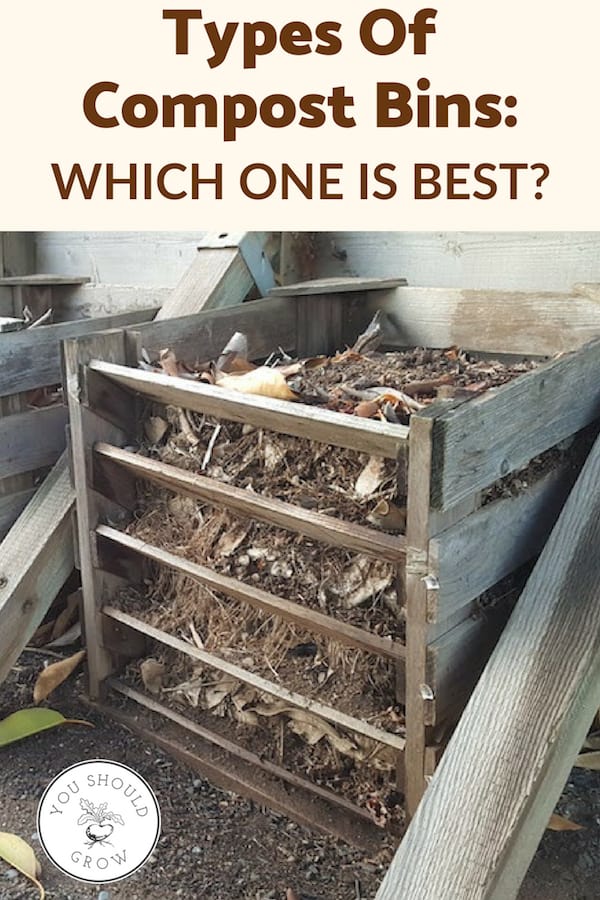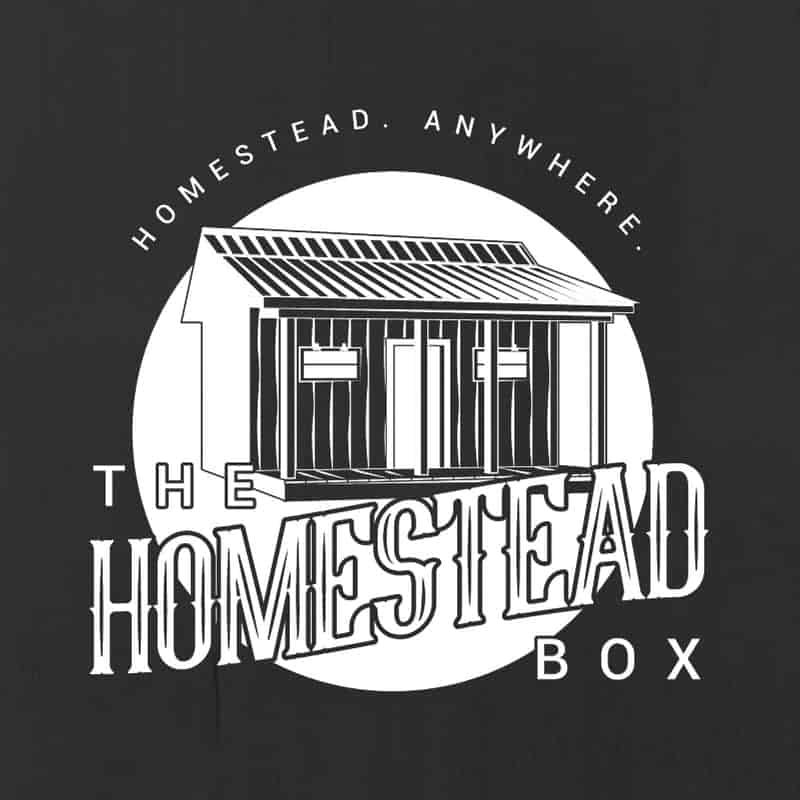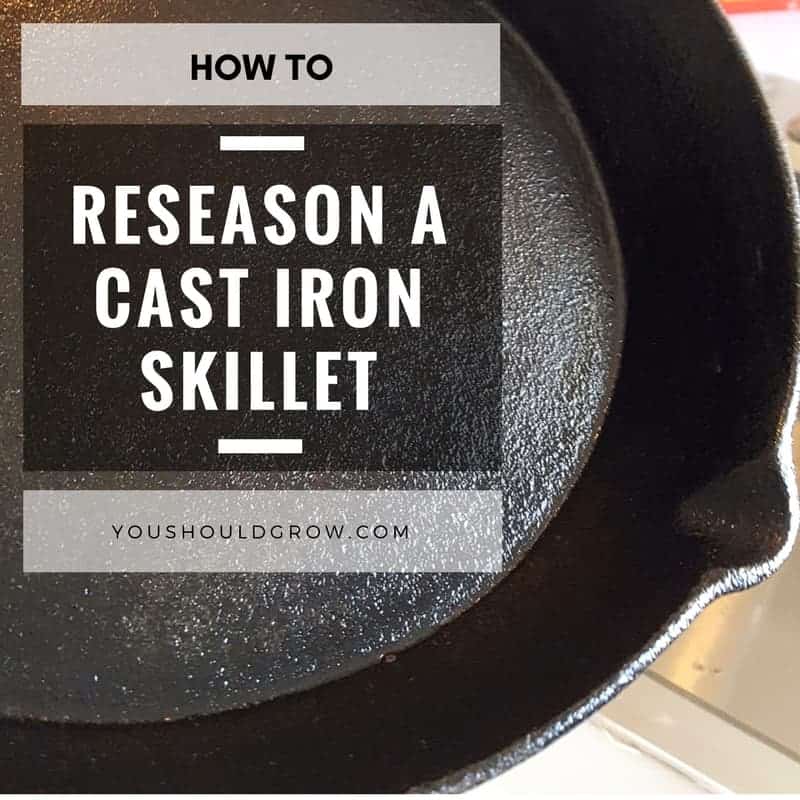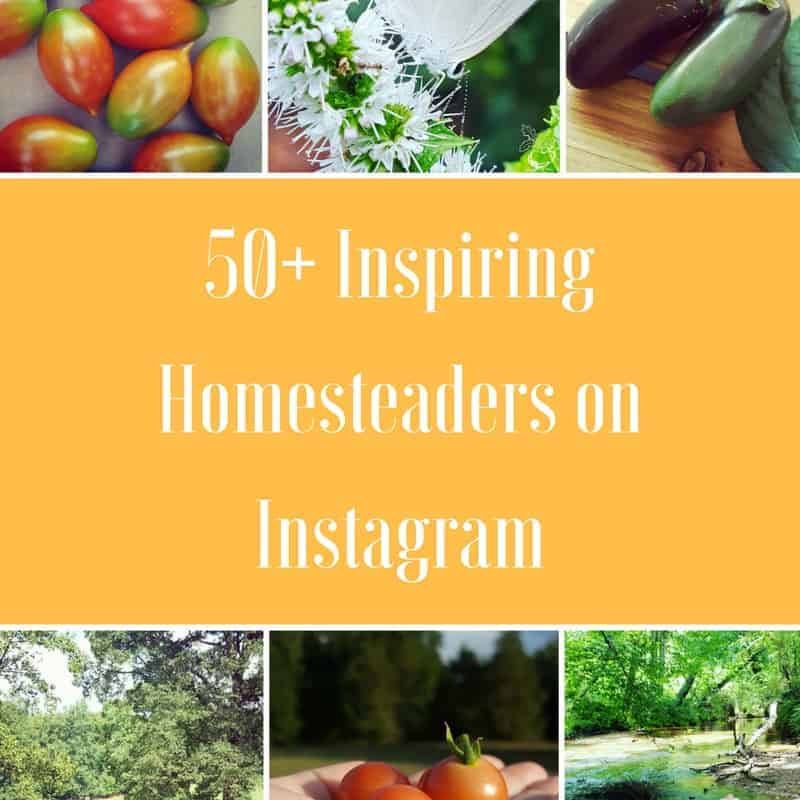The Best Compost Bins For Composting At Home
As an Amazon Associate and member of other affiliate programs, I earn from qualifying purchases.
The best type of compost bin is the kind that you actually use. If you don’t make adding to your compost pile easy and convenient, you’re much less likely to follow through with composting at home.
But that would be such a shame! You’d be wasting valuable materials which you can turn into super cheap fertilizer for your garden.
Composting is an easy way to reuse your kitchen and garden scraps to make something very valuable to your garden. Composting recycles the nitrogen and carbon of spent plants and materials and makes them useful to growing plants.
It acts as a natural fertilizer, improves moisture retention, and decreases weeds. It is so valuable in the garden, it is commonly known as the gardener’s black gold.
You do have lots of options, though, when it comes to the type of composter that will work best for you. Here I’ve gone over the different types of compost bins that you can choose.
Types of compost bins for composting at home.
There are several methods of composting, and not all of them require you to purchase a bin. A compost pile can be started right on the ground or in a small ditch.
But when you’re composting in your backyard or on your back porch, having a containment system for the compost is not just more aesthetically pleasing. By keeping the compost contained, you can minimize pests, enclose the mess, and speed up the natural process of decomposition for quicker results.
Tumbling and Rotating compost bins
This type of bin is fully enclosed and does not need to be stirred. Rather, it spins or rolls to tumble and mix the contents. Tumbling composters can make the process faster by infusing it with air and supercharging the composting process.
For me this is the best type of compost bin because it is lifted off the ground which makes it comfortable to add material as well as rotate the bins. It keeps contents safely contained from curious toddler hands, and the size and two bin design seemed just right for our porch.
My Amazon Pick: This is the exact bin that is on our back porch. I have been very happy with the function of this bin, and I really like having the two separate chambers.
If you’re looking for a way to make this bin on your own, here’s a great tutorial on YouTube.
Container compost bins
The container bin is a very popular style that works best when placed near but not in your garden. Although the entire bin is enclosed on top, there is no bottom on this type of bin.
The open bottom encourages worms to help work the compost and speed up the process. Compost material is added to the top, and stirring is done manually with a shovel or pitchfork.
These bins are not mobile, but many have an access panel at the bottom to empty out the good stuff and move it where you want to go.
My Amazon Pick: This is similar to the type of bin that is set up my kids school. I love that they are learning about composting!!
You can easily make a similar style compost bin with some large garbage cans. Here’s a cool tutorial.
Compost Crates
Another common method of composting uses crates. Often, homesteaders will set up a three bin system. New material and food scraps is added to the first bin until it is full. When the first bin is full, you move the contents to the second bin to let them ‘cook.’
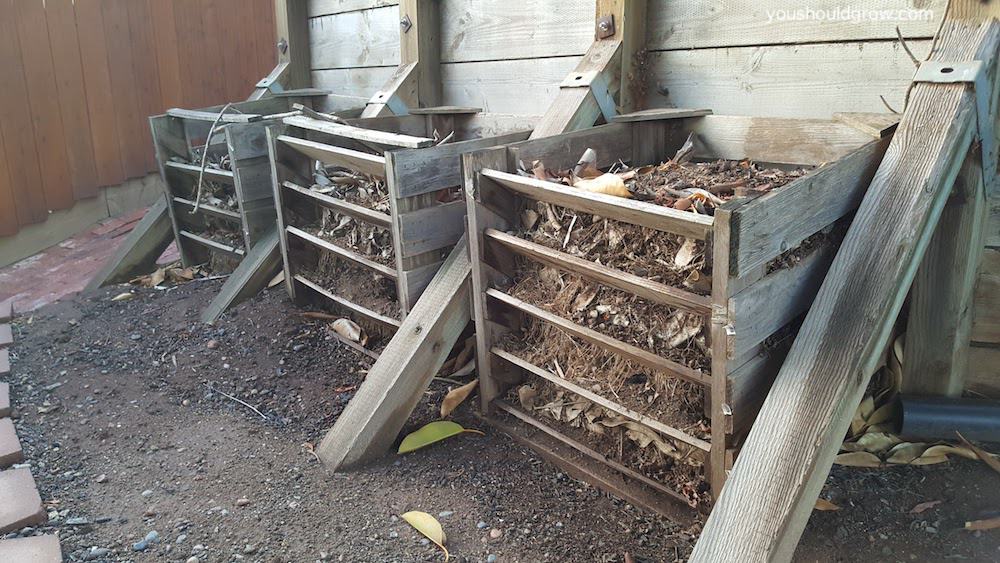
Start filling compost bin 1 with fresh material again. When it’s full, move it to the third bin, and start over in bin 1. By the time bin 1 is full for the 3rd time, bin 2 should be ready to use.
These types of compost crates are easy to make from pallets.
Countertop and under counter compost bins
If your main compost pile is out in the garden, adding fresh kitchen scraps two or three times daily may not be convenient. And if it’s not convenient, those scraps are more apt to go into the regular trash.
That’s where under counter and countertop bins fit the bill. These small compst bins are great for holding one or two days worth of compost material. Later, the contents can be transferred to a larger compost bin when it is more convenient.
My Amazon pick: I’ve used this particular counter-sized composter. It really is convenient and handy. In the end, though, counter-composting was not for us.
It’s nice to have a lid to cover these miniature compost bins because you don’t want to attract fruit flies. Here’s a good idea for making your own small kitchen composter.
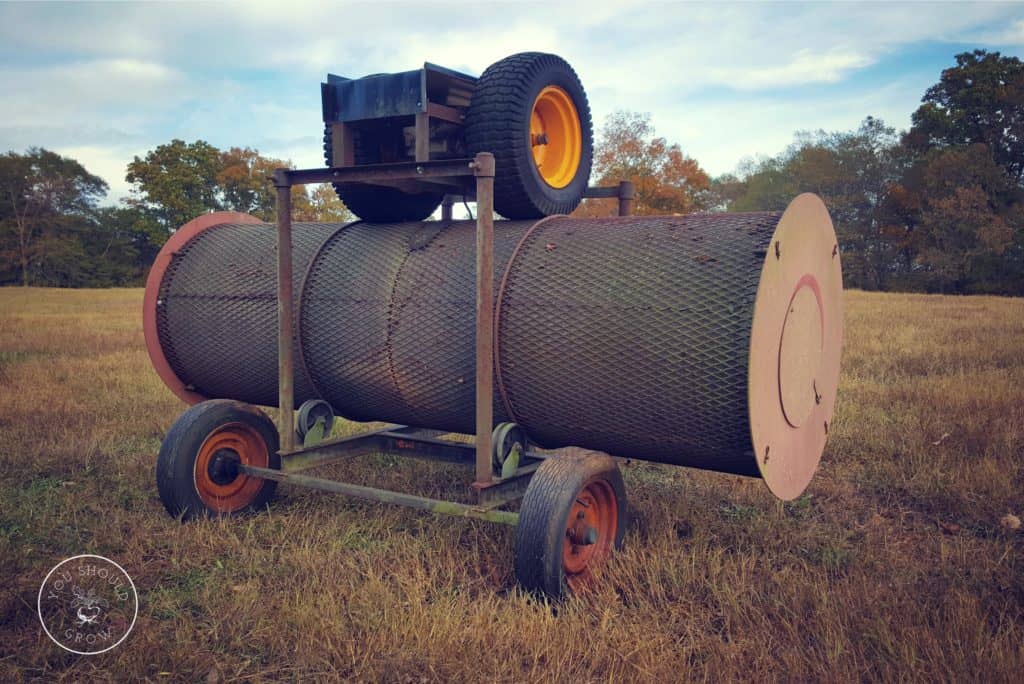
It’s not all about the compost bin.
When deciding where and how to compost, just make sure to choose the method that fits in your space, is convenient to add to, and stays within your budget. What is important is to decrease waste and reuse what we can to create something the garden needs.
For more information about composting, check out these posts from some of my composting friends.
Starting a compost pile is a matter of just getting started – don’t get wrapped up in the detail, just start adding stuff to the pile without expecting perfection, and you’ll have compost in no time!
-Alyssa at Pure Living For Life: Composting 101
Getting compost together isn’t difficult, nor is managing it. There are just 5 easy steps to composting to get you on your way to all the black gold you could ever want!
-Heather at The Homesteading Hippy: 5 Easy Steps To Composting
Should we continue to compost through the winter? If you continue to create food waste through the winter, then yes, you should continue to compost.
-Susan at Learning and Yearning: Composting In Winter
Your compost needs to breathe. Remember that compost is full of living things that need air to live and complete your compost.
Pin this for later:


